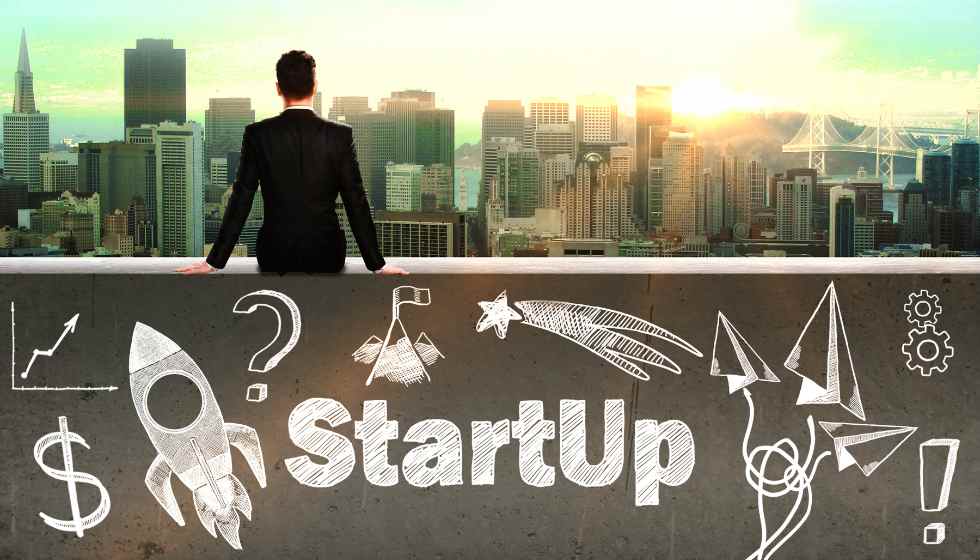Many want to know how to create a startup, either for a vocational issue or as an alternative to a job scenario where finding work for someone else is becoming increasingly difficult. If this is your case, you are in luck: we have summarized the keys you should know to minimize the risk when creating a startup.
Currently, the term startup is on everyone’s lips, but before we begin, do we know what a startup is and how it differs from an established company? A startup is a newly created company with a series of peculiarities that differentiate it from the rest of the businesses to which we are more accustomed: they are usually unconventional business models, they have a high component of innovation, and in them, for In general, many more uncertainties than certainties.
So, while a car workshop as we know it -the one you usually go to for an oil change- is not considered a startup, a mobile application designed to detect the nearest workshop with the option of requesting the collection of your damaged car, yes that would be a startup.
Risks when creating a startup
As we have mentioned, setting up a startup implies a high level of innovation. And when there is innovation, another factor closely accompanies it is a risk. But isn’t there a risk in setting up a car workshop? Of course, there is, but the business model of a mechanical workshop is completely validated. There are thousands of car workshops operating worldwide, and you don’t have to convince anyone of what they do: fix your car when it has broken down.
On the contrary, we start with more uncertainty when creating a startup. As it is a new service or product, the appropriate validations still have to be done to confirm that real people are willing to use the service. And what is even more critical is that they are willing to pay for it at a price necessary to make the company profitable.
The risks when creating a startup are everywhere: for example, we can make a mistake during the research process, taking for specific hypotheses that have yet to be confirmed. This is very common when we use too small a sample for our previous analysis: the results have been positive, but only because we have interviewed very few people.
Or we could have conditioned the questions to get the answers we wanted to hear, a common mistake in a first venture. And these are just a few examples of the most common risks at the beginning of our startup. As we are taking steps forward, the chances are still there.
For example, we can have excellent information but make a mistake when transforming it into the final product by launching something that does not fit consumers’ needs.
How to create a startup with the lean startup method?
The key to reducing the risk of developing a startup and avoiding hitting a bump is to go step by step, advancing as we do the appropriate validations. The good news is that there is a structured method for any entrepreneur to succeed with their own startup: the Lean Startup method.
In summary, what the Lean Startup method preaches is not to make a significant investment until you have found a product whose future users have confirmed to us -unequivocally- that they want to use and for which they will pay as soon as the said product is available.
It is a method based on the creation of hypotheses (for example, the idea that there are people who cannot find a solution for the lack of friendships) and its subsequent validation (when, after surveys, interviews, etc., we take this hypothesis for granted based on what the people interviewed have told us).
In the next step, we will already be able to conceive a product that helps solve the problem that we have previously identified. And since we are following the Lean Startup method, we will ask future users again if the idea we are proposing as a solution to their problem seems appropriate. And so on continuously until the final product is launched.
Creating a startup without any risk is simply impossible. But if you want to know how to make your own startup with the best guarantees of success without taking significant risks, be sure to follow the Lean Startup method.

